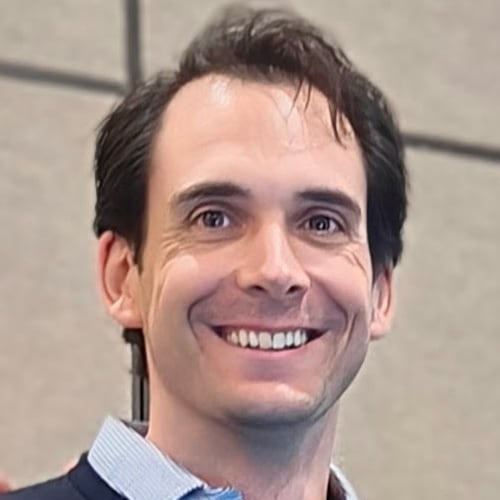Cybersecurity Showdown: Building Fortresses in the Digital Construction Age
What's the risk of digitalizing construction data and how can we keep our valuable information safe?

As the construction industry forges ahead into the digital age, it must confront a new breed of marauders: cybercriminals. These digital desperados threaten to impede our progress, but by drawing from the lessons of the past and heeding expert advice, we can construct robust fortifications to safeguard our digital domains. Join us as we delve into the realm of cybersecurity threats and their impact on the industry's digital transformation.
From ransomware-wielding bandits to data-thieving pirates, these digital nuisances have their sights set on the construction industry's valuable information and intellectual property. But fear not, for we have the weapons to fend off these nefarious foes.
Our current cybersecurity challenges echo those faced during previous digital revolutions. The invention of evem the telegraph, for instance, introduced the specter of wiretapping and communication interception.
To bolster our defenses against potential cyber attackers, the construction industry must adopt a multi-faceted strategy. Prioritizing cybersecurity from the ground up, investing in secure software solutions, and implementing comprehensive risk management plans are key. Collaboration with other stakeholders, including technology providers and cybersecurity experts, can help identify vulnerabilities and ensure our digital fortresses remain impenetrable. By addressing cybersecurity threats head-on, we can foster resilience and promote a safer digital construction environment.

A chain is only as strong as its weakest link, and the same holds true for cybersecurity. The human factor can be both our greatest strength and our most glaring vulnerability. By investing in employee education and training, we can transform our workforce into a formidable cyber defense force.
History is a treasure trove of wisdom, and by studying the experiences of previous digital revolutions, we can glean valuable insights to inform our cybersecurity strategies in the construction industry. Take the Morris worm in 1988, for example. This pesky digital invader exploited vulnerabilities in Unix systems, causing a widespread shutdown of the early internet. The fallout from this worm attack highlighted the importance of addressing security flaws and fostering a proactive mindset in the face of ever-evolving threats.
Fast forward to today, when the construction industry faces similar challenges as it undergoes digital transformation. Embracing the lessons of the past, such as the Morris worm's impact, enables us to forge a path forward, confident in our ability to safeguard our digital assets and keep our construction projects on track.
As we embark on the construction industry's digital transformation, we must remain vigilant against the ever-present risk of cyber breaches. By drawing from the annals of history and enlisting the expertise of diverse disciplines, we can construct robust digital fortresses to ensure a steady incline in the construction industry's digitalization. With a firm foundation, we can continue our journey toward a more efficient, innovative, and secure digital construction age.







.jpg)





